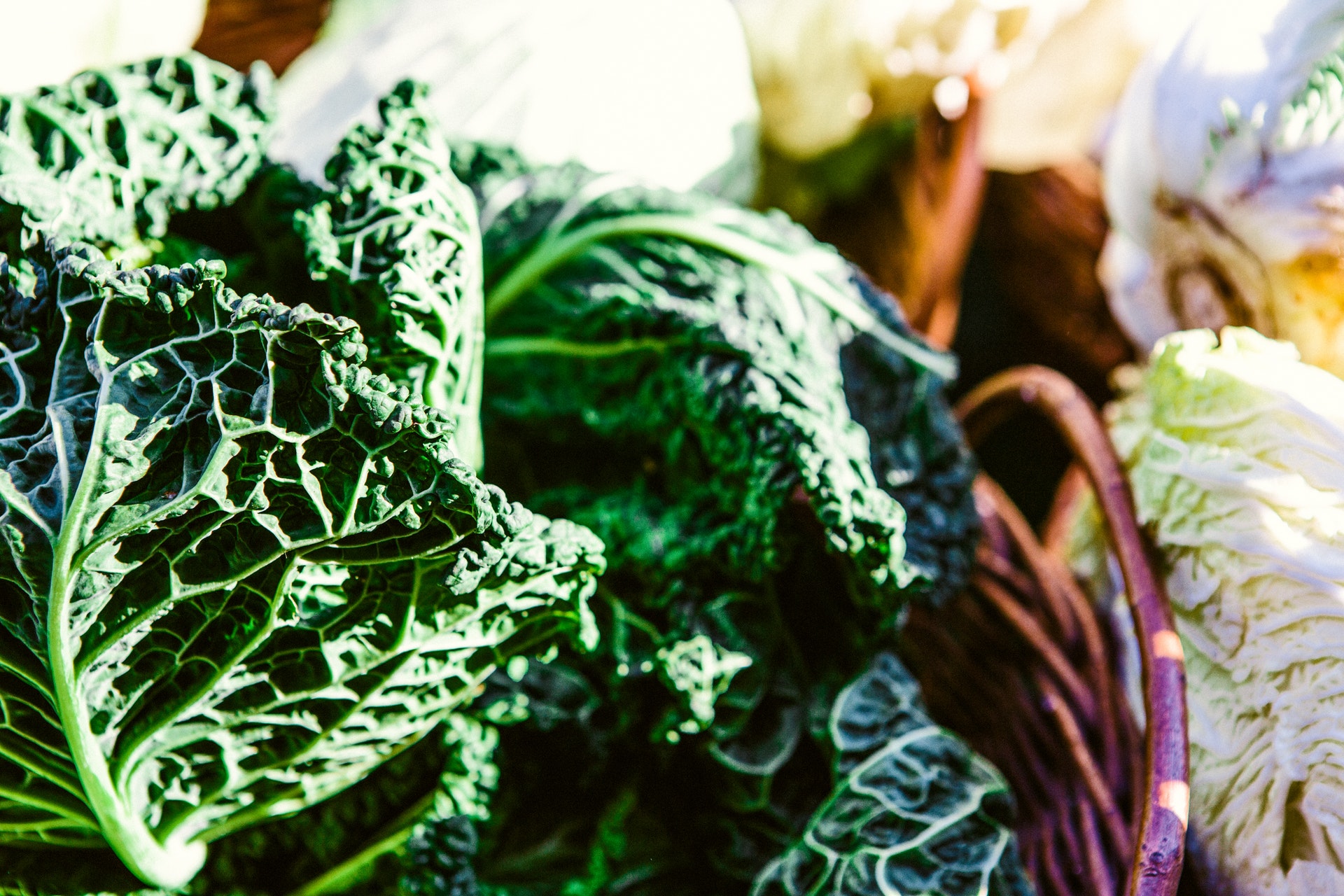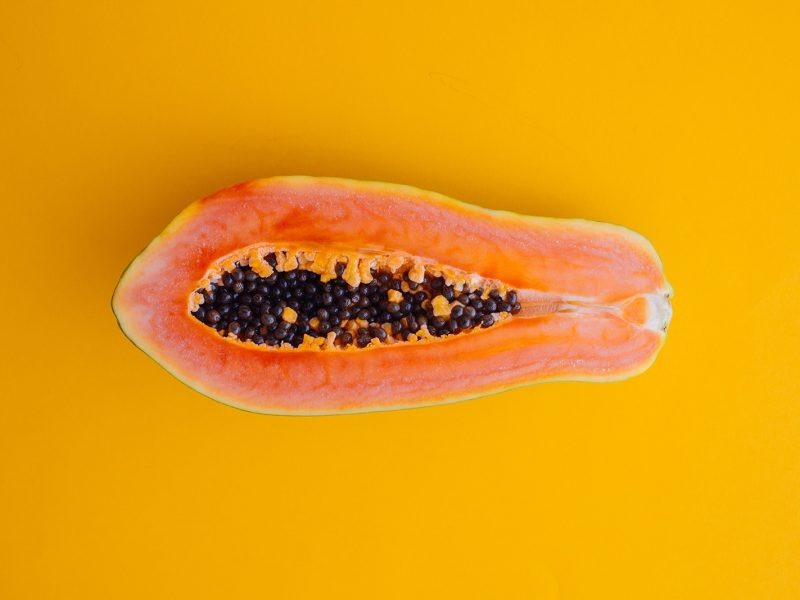
How to: ferment vegetables
Fermented vegetables is a very old method of food preservation, a technique that was necessary to get through the winter. Yes, your lovely fridge was only introduced in the 1950s. Fermenting vegetables has many more benefits! It also enhances the nutrient content of the food. The action of the bacteria makes the minerals in cultured foods more readily available to the body. These bacteria also produce vitamins and enzymes that are beneficial for digestion. So, no time to waste! Below is what you’ll need to get started.
What is fermenting exactly?
In the fermentation process, vegetables change under the influence of fungi, bacteria and yeasts (so-called microorganisms) in acidity, taste, digestibility and shelf life. The micro-organisms break down the parts that make up food, making the food easier to digest. Fermenting vegetables is super simple, super quick and you only need a few ingredients.
Pick your favourite vegetables
Almost any vegetable can be fermented, but especially firm vegetables are suitable. Vegetables like cabbage, carrots, onions, cucumber, tomato, radish and beetroot are great. Or, what about Kimchi? This fermented Chinese cabbage is super tasteful. The fermentation gives it a fresh, sour taste, very delicious! You can ferment one vegetable or create a mix of many different kinds, along with herbs and spices, for a great variety of cultured foods.
Let’s get started! You’ll need:
- 1 kilo of vegetables
- 20 grams of salt
- Airtight jar (lockable & sterilized)
Fermenting vegetables: that’s how you do it
The thinner you cut the vegetable, the faster the vegetable will ferment (and the quicker you can enjoy!). Knead the vegetables with salt. Vegetables such as pickles, tomatoes, carrots, zucchini and cabbage release their own juice. After a few hours they are already under their own water. For other vegetables (cauliflower, beets) you have to add some water and salt until the vegetables are submerged.
Keep the pot in a warm place in the house. Once the process is finished, it’s time to move them to cold storage and enjoy your fermented vegetables!
PS: Did you know one-third of the food produced for human consumption winds up lost or wasted globally, about 1.3 billion tons a year, according to a study by the Swedish Institute for Food and Biotechnology (SIK)? Fermenting vegetables is a great way to reduce waste. Or: read our tips to keep your vegetables fresh and full of nutrients, so you will never have to throw anything away again.




